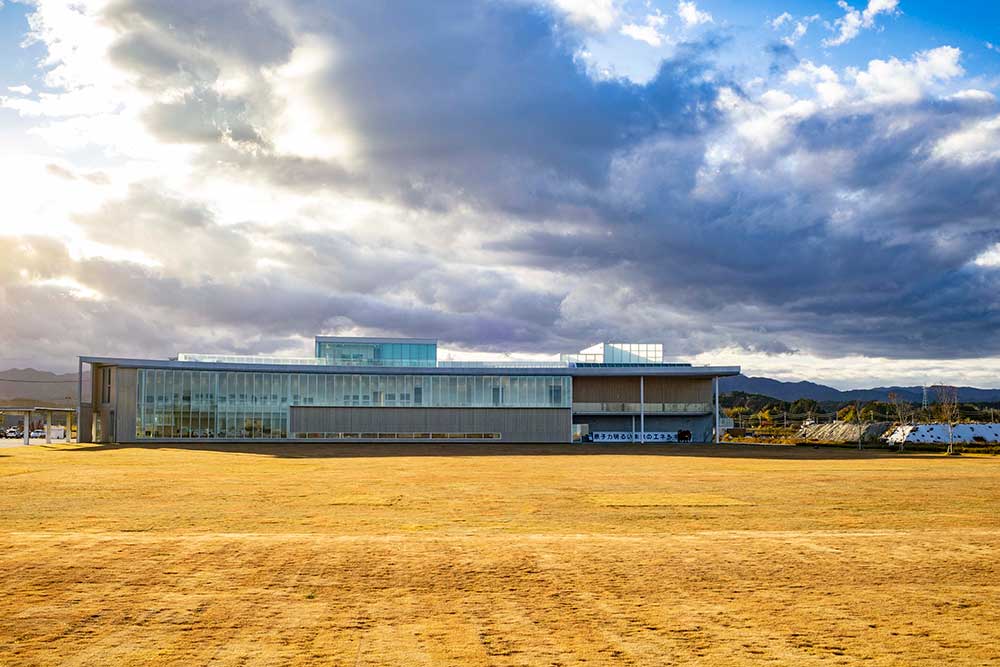Places of Interest
A monument to disaster and survival
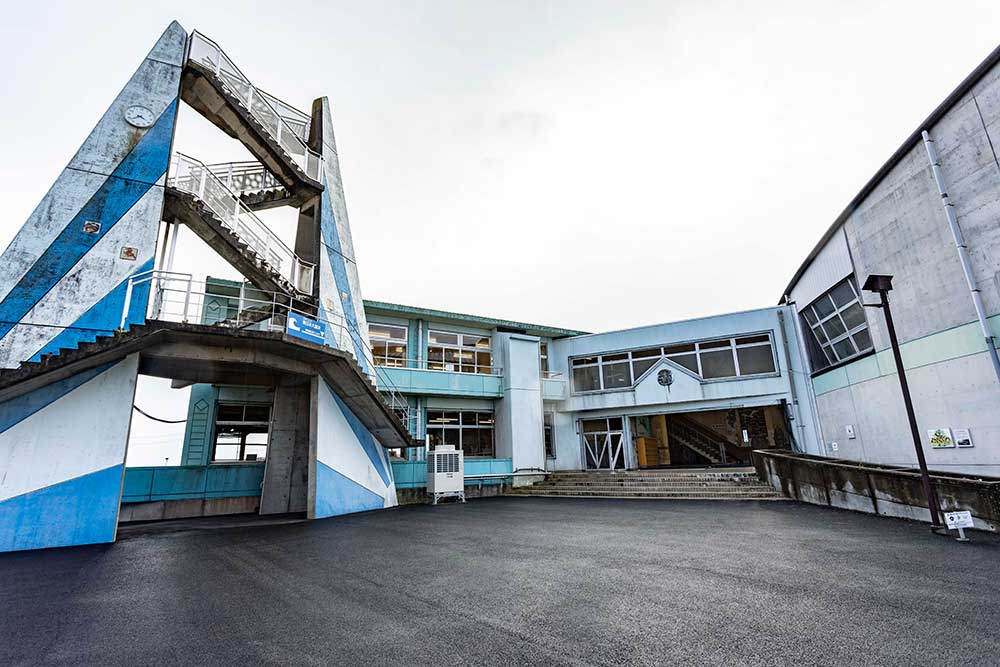
This battered building stands as a symbol of both the powerful forces of nature and the survival instincts of human beings.
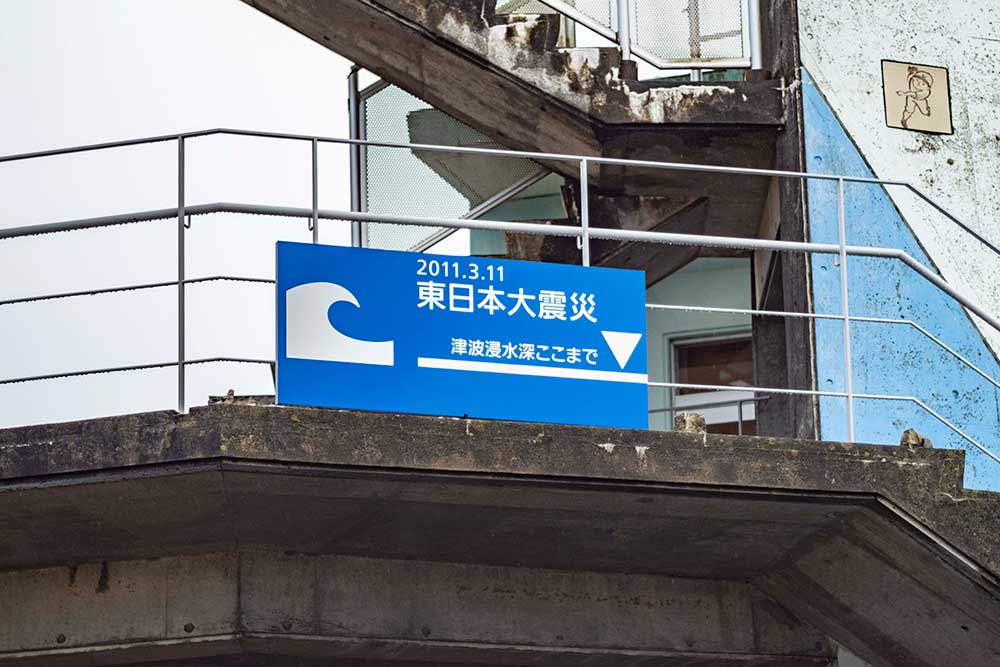
The remains of this elementary school are a remarkable memorial, paying testament to the incredible destructive force of the March 11, 2011 tsunami—and to survival. Ukedo Elementary School, one of six elementary schools operated prior to the 2011 disaster by the town of Namie, has been dubbed “the miracle school” by locals. All students and staff successfully evacuated with no loss of life before the buildings were engulfed by the tsunami.
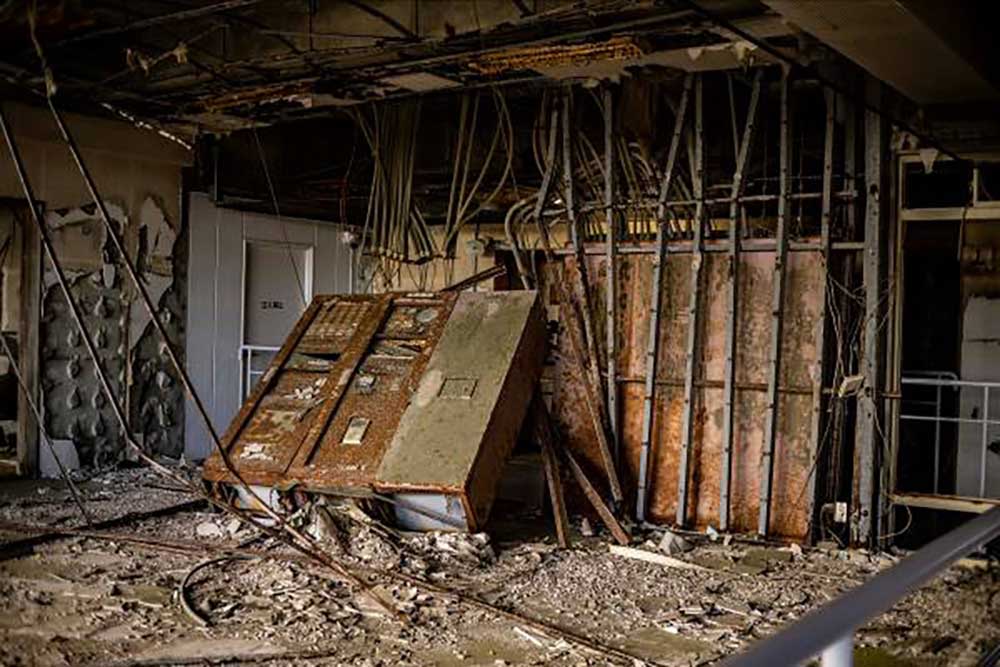
The school was founded in 1873 in the coastal fishing village of Ukedo. It sits just 300 meters from the ocean, about 5 kilometers north of the Fukushima Daiichi Nuclear Power Plant. When the powerful earthquake struck at 2:46 pm on March 11, 2011 and the first tsunami warning was broadcast minutes later, school staff immediately urged the 82 students who were present that day to evacuate to a nearby mountain. All were safely on the mountainside when the tsunami destroyed the school 40 minutes later. The tsunami totally obliterated the village of Ukedo; 154 residents perished, and many more are missing and presumed dead. But an entire generation of schoolchildren survived due to the quick thinking and preparedness of their teachers, their own resourcefulness, and their stamina.

The day following the earthquake, the town of Namie, including Ukedo, was ordered evacuated due to radioactive fallout from the damaged Fukushima Daiichi Nuclear Powerplant. Although the evacuation order for Ukedo was lifted in 2017, the residents’ homes and businesses had vanished without a trace. In the years following the 2011 disaster, the ruins of Ukedo Elementary school had become a site of pilgrimage for many, and support for preserving it as a memorial was widespread. The town of Namie decided to leave the structures and their contents as the tsunami had left them, and to make minimal alterations in the name of safety and accessibility. Simple paths were cleared through the rubble-strewn interior, leaving visitors surrounded by evidence of the tsunami’s destructive force.
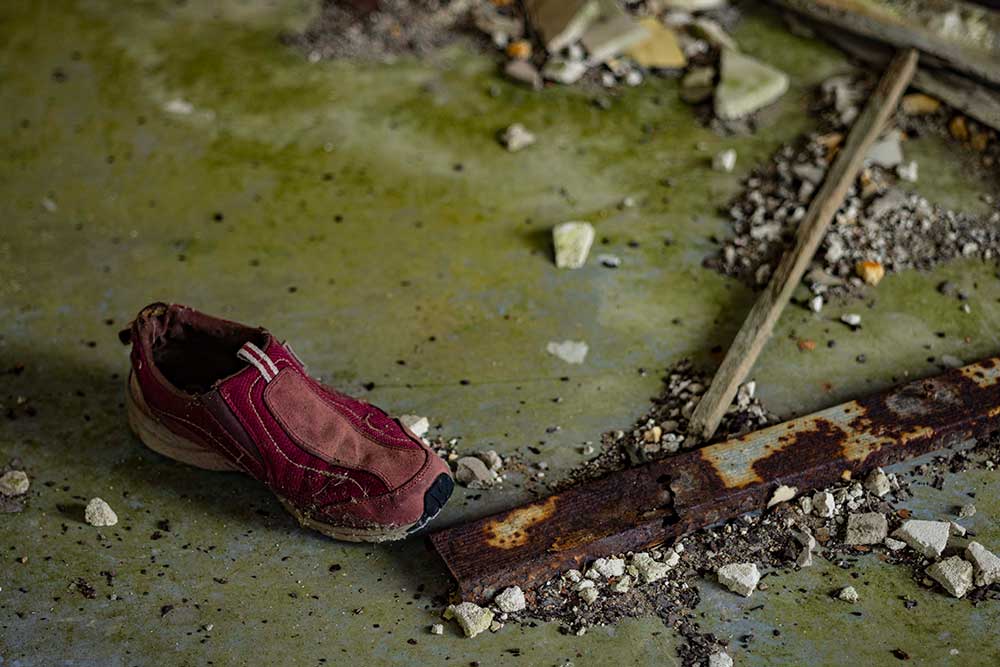
After passing through a newly constructed entry pavilion, the route takes visitors though the ruins of the classrooms and staff areas on the first floor. Walls have disappeared, and furniture and equipment lie twisted where the tsunami left them. The lunch room and kitchen are visible from the exterior corridor the students used to escape, and the interior of the gymnasium is visible from several sides. The tsunami reached a level 10 centimeters above the second floor and the classrooms and corridors on that floor are incongruously intact. Information panels are placed throughout the memorial, and the second floor houses additional displays. The school will be left as it is, kept safe for visitors but decaying and open to the elements.
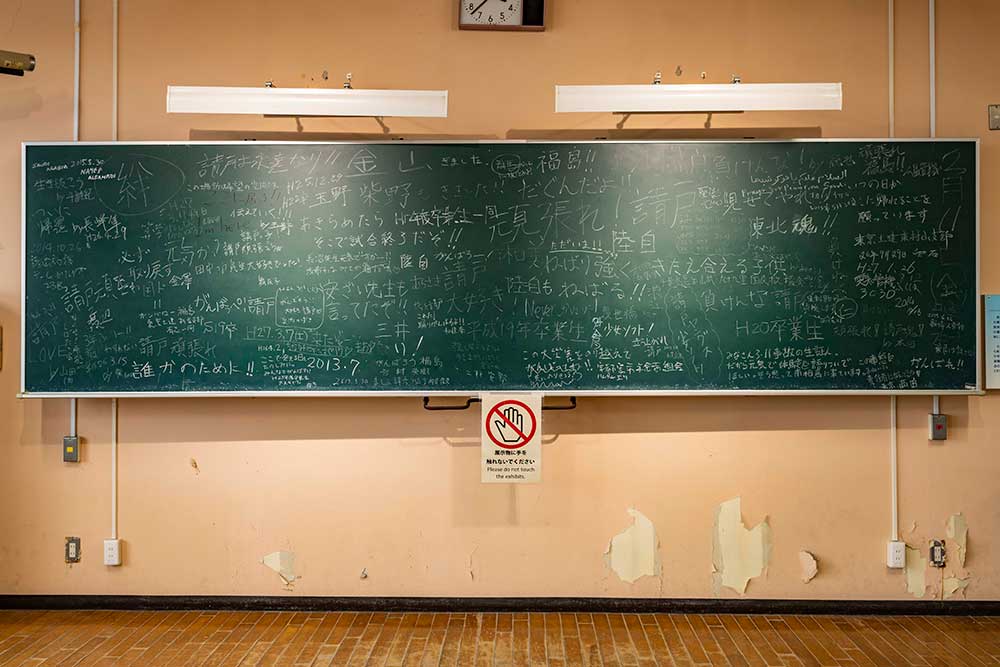
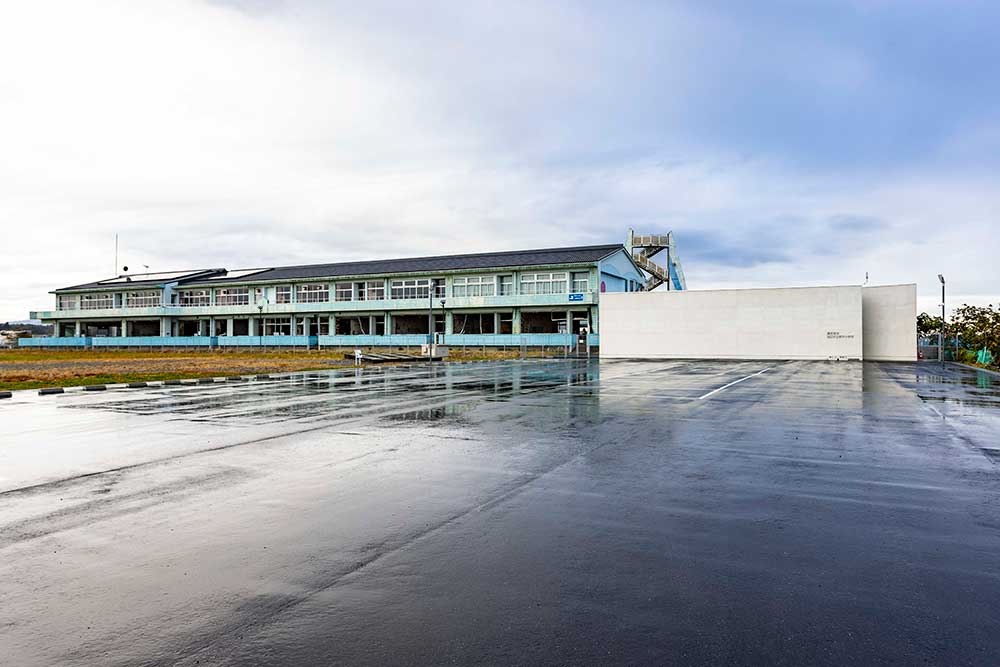
DATA
- Remains of the earthquake – Namie Town Ukedo Elementary School
-
-
- Address
- Ukedo Mochidaira, Namie-machi, Futaba-gun, Fukushima Prefecture 979-1522
-
- Tel
- 0240-23-7041
-
- Hours
- 9:30-16:30 (Last Admission 16:00)
-
- Admission fee
- Adults, 300 yen; High school students, 200 yen; Elementary and junior high school students, 100 yen; Free for preschoolers
-
- Website
- https://namie-ukedo.com/en/
-
